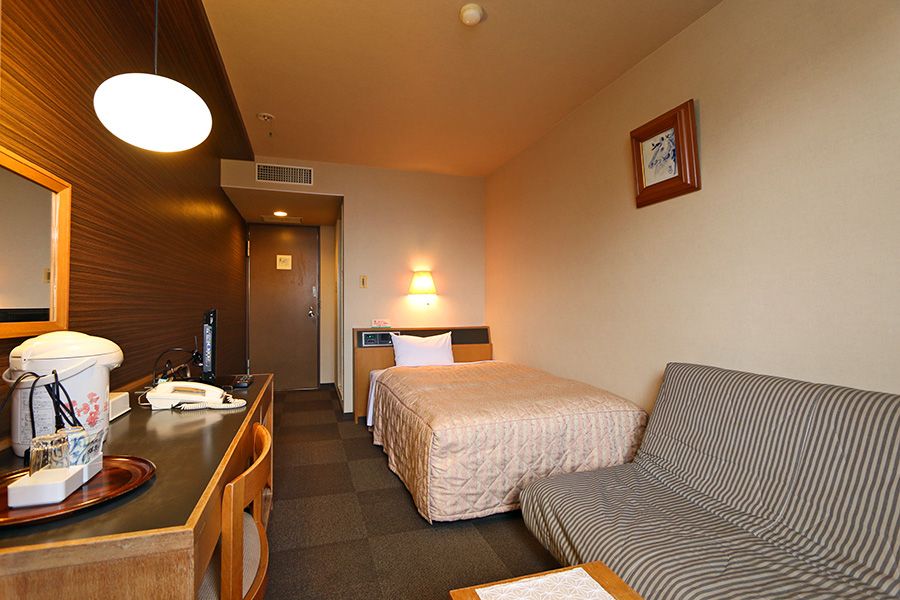Shunbun no Hi: A Glimpse into Japan’s Seasonal Celebration
Japan is a country rich in culture, history, and traditions. One of the most notable celebrations that takes place annually is Shunbun no Hi. This day marks the arrival of spring, offering a perfect opportunity for individuals to connect with nature, celebrate family, and participate in various traditional customs. Whether you’re a seasoned traveler or planning your first trip to Japan, this celebration presents an unforgettable cultural experience. Join us as Yoshida Hotel explores the significance and beauty of Shunbun no Hi and how this day is celebrated across Japan.
What is Shunbun no Hi?
Shunbun no Hi, or Spring Equinox Day, is celebrated every year around March 20th or 21st. It marks the precise moment when day and night are equal in length. In Japanese culture, this symbolizes the balance between light and dark, and the beginning of the warmer seasons. The day is often seen as a time for reflection, renewal, and reconnecting with nature, making it a pivotal moment in the Japanese calendar.
In Japanese, “Shunbun” (春分) translates to “spring equinox,” and “Hi” (日) means “day.” The celebration of Shunbun no Hi not only signifies the changing of seasons but also reflects the broader philosophy of respect for the changing cycles of nature.

The Cultural Significance of Shunbun no Hi
Shunbun no Hi holds deep cultural significance in Japan, both from a historical and spiritual perspective. Traditionally, this day was a time for people to honor their ancestors by visiting family graves. The Japanese have a strong connection to their ancestral heritage, and Shunbun no Hi is an important opportunity to reflect on the importance of family and the passing of time.
The holiday also coincides with the blooming of cherry blossoms in many parts of Japan, which further enhances the significance of the day. As flowers begin to bloom, people are encouraged to appreciate the fleeting beauty of nature, which is a central theme in Japanese philosophy.
Traditional Customs During Shunbun no Hi
Higan: The Buddhist Custom
During Shunbun no Hi, the Buddhist practice known as Higan takes place. This tradition involves visiting the graves of ancestors and offering prayers, food, and flowers. The word “Higan” (彼岸) literally means “the other shore” and represents the journey to the afterlife. It is believed that during this period, the spirits of the deceased are able to return to visit the living. Families gather at grave sites to pay respects, honor their ancestors, and reflect on the passage of time.
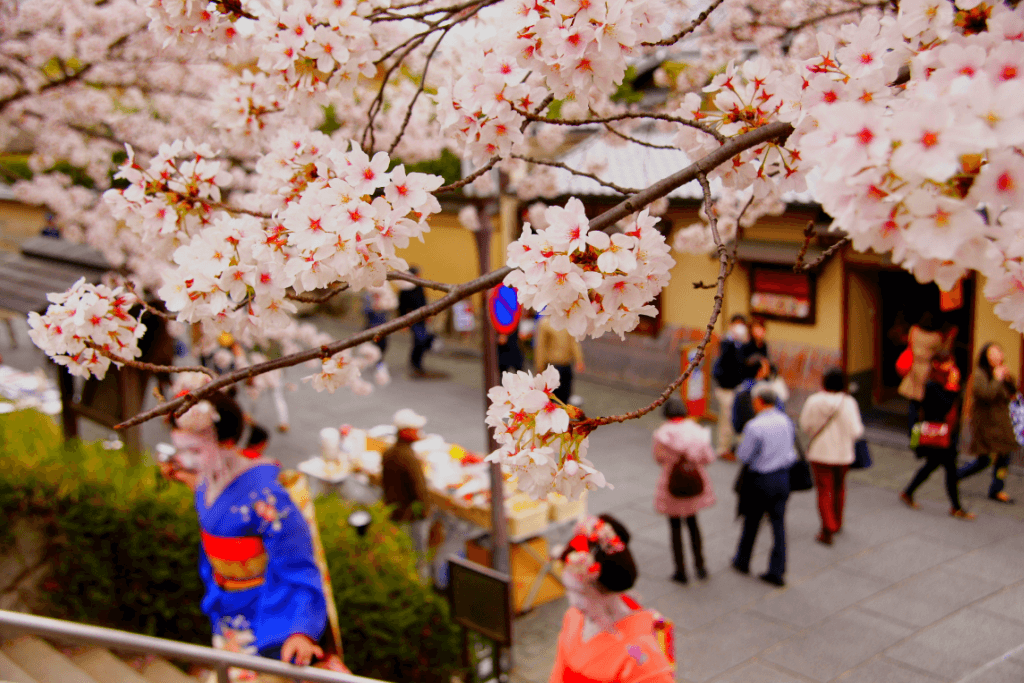
Seasonal Foods and Treats
Like many other Japanese holidays, Shunbun no Hi is celebrated with seasonal foods. One popular dish is Sakura mochi, a sweet rice cake filled with red bean paste and wrapped in a cherry blossom leaf. This treat symbolizes the arrival of spring and the cherry blossom season. People also enjoy ohagi, sweet rice balls coated in sesame seeds or sweet bean paste, during this time.
The Beautiful Cherry Blossom Viewing
Shunbun no Hi is also closely associated with the cherry blossom season, or hanami. The cherry blossoms (sakura) bloom in early spring, and people across Japan take time to picnic under the blooming trees. This celebration of nature is an integral part of Shunbun no Hi, and it is a way for people to appreciate the beauty of the fleeting season.
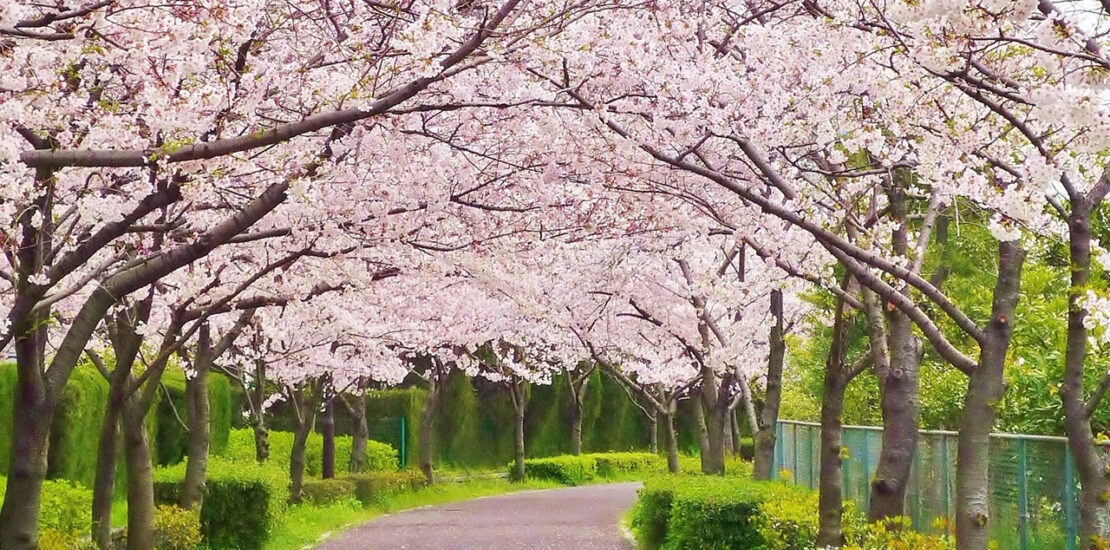
In recent years, hanami has become a social event, where families, friends, and coworkers gather to enjoy the outdoors and the beauty of the blossoms. It’s a time of joy and reflection as the cherry blossoms only last for a short period, emphasizing the transient nature of life.
Why Shunbun no Hi Is Important to Travelers
For travelers visiting Japan during the spring season, Shunbun no Hi offers a unique opportunity to experience the heart of Japanese culture. The beautiful cherry blossoms, the peacefulness of the traditions, and the connections to nature make it a time to witness Japan’s deep respect for the natural world.
The Ideal Time to Explore Japan’s Natural Beauty
Shunbun no Hi is an excellent time to explore the scenic landscapes of Japan. From the majestic temples of Kyoto to the tranquil parks of Tokyo, the country’s natural beauty is on full display. The sight of cherry blossoms in full bloom provides the perfect backdrop for sightseeing and photography. This period also brings mild temperatures, making it ideal for outdoor activities like hiking and cycling.
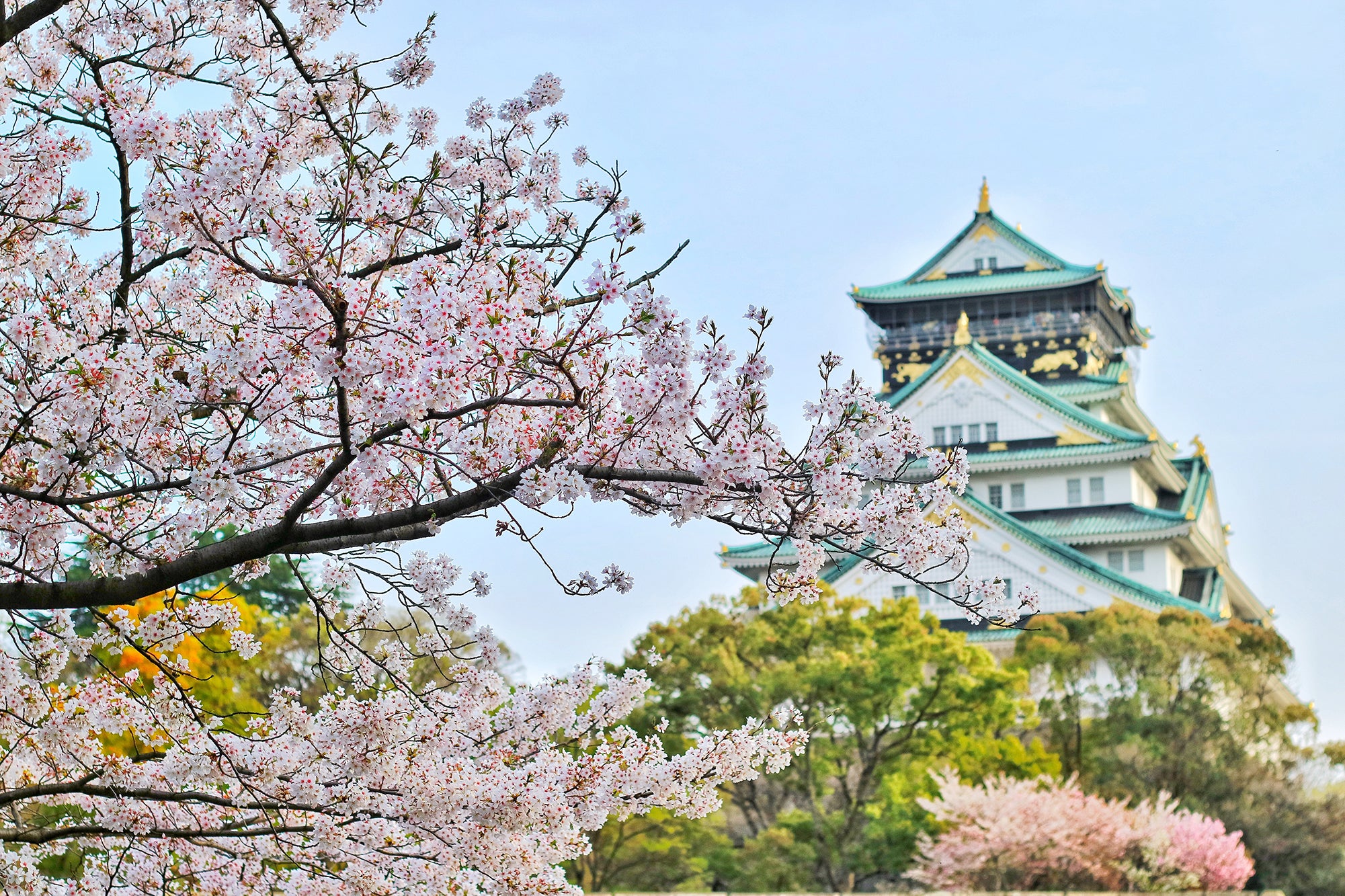
Cultural Immersion at Yoshida Hotel
As a hotel dedicated to sharing the beauty of Japan, Yoshida Hotel invites you to immerse yourself in the traditional celebrations of Shunbun no Hi. With the hotel located in a prime location for exploring Japan’s natural wonders, you’ll be in the perfect position to participate in hanami or visit nearby temples and parks. Yoshida Hotel’s warm hospitality will enhance your experience, offering a blend of modern comfort with traditional Japanese aesthetics.
Discover More About Japan’s Rich Cultural Holidays
Shunbun no Hi is just one example of the many traditional holidays celebrated in Japan. Throughout the year, Japan offers a variety of unique festivals and cultural events that reflect the country’s deep respect for nature, family, and spirituality. Here are some other notable holidays to look out for:
Seijin no Hi (Coming of Age Day)
Held on the second Monday of January, Seijin no Hi marks the transition into adulthood for 20-year-olds. This is a highly celebratory day in Japan, with many young adults donning traditional attire, such as the kimono, to attend ceremonies and parties.
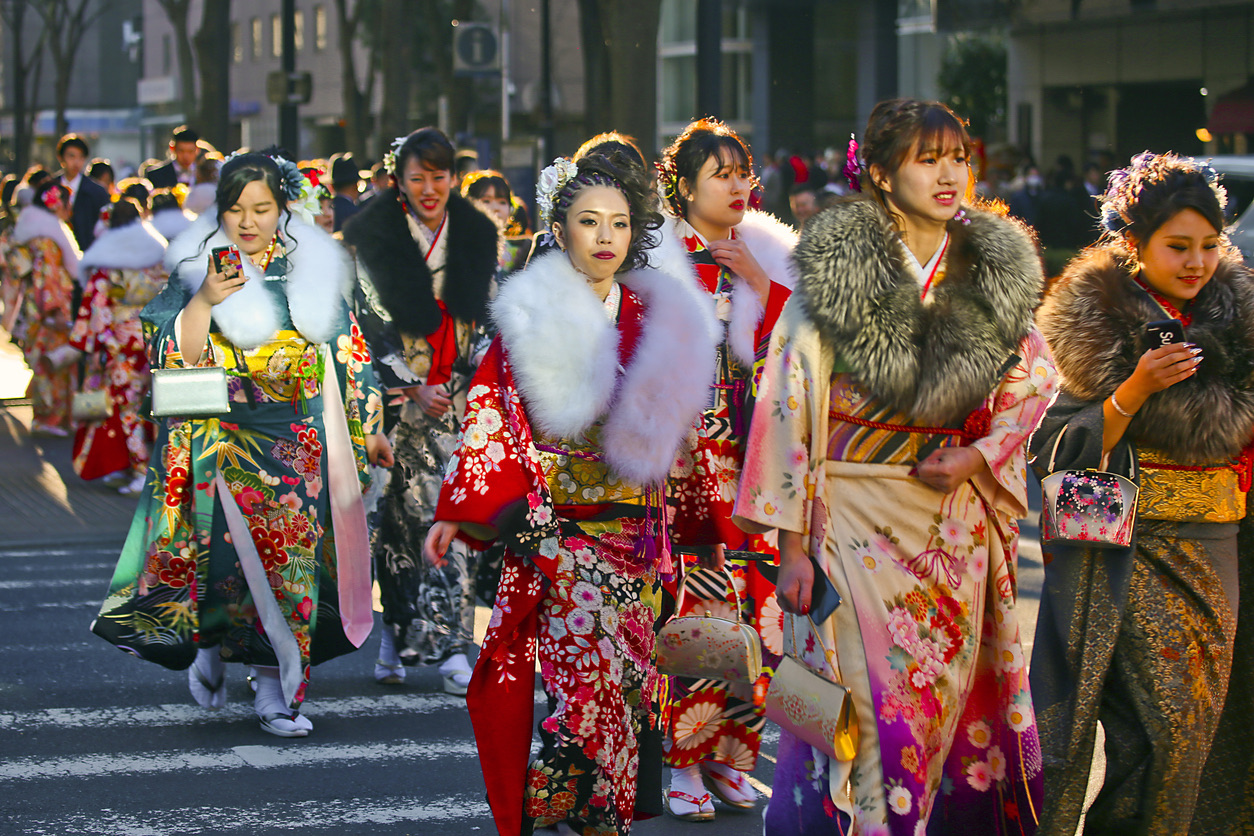
Obon (The Bon Festival)
A Buddhist festival held in mid-August, Obon honors the spirits of the ancestors. People return to their hometowns, visit family graves, and celebrate with dances and festivals. It is one of Japan’s most significant and heartfelt holidays.
New Year (Shogatsu)
New Year in Japan is a time for renewal and family gatherings. It is celebrated with visits to temples, special New Year’s meals, and the sending of New Year’s cards. The first few days of the year are a time to visit family and pay respects to ancestors.
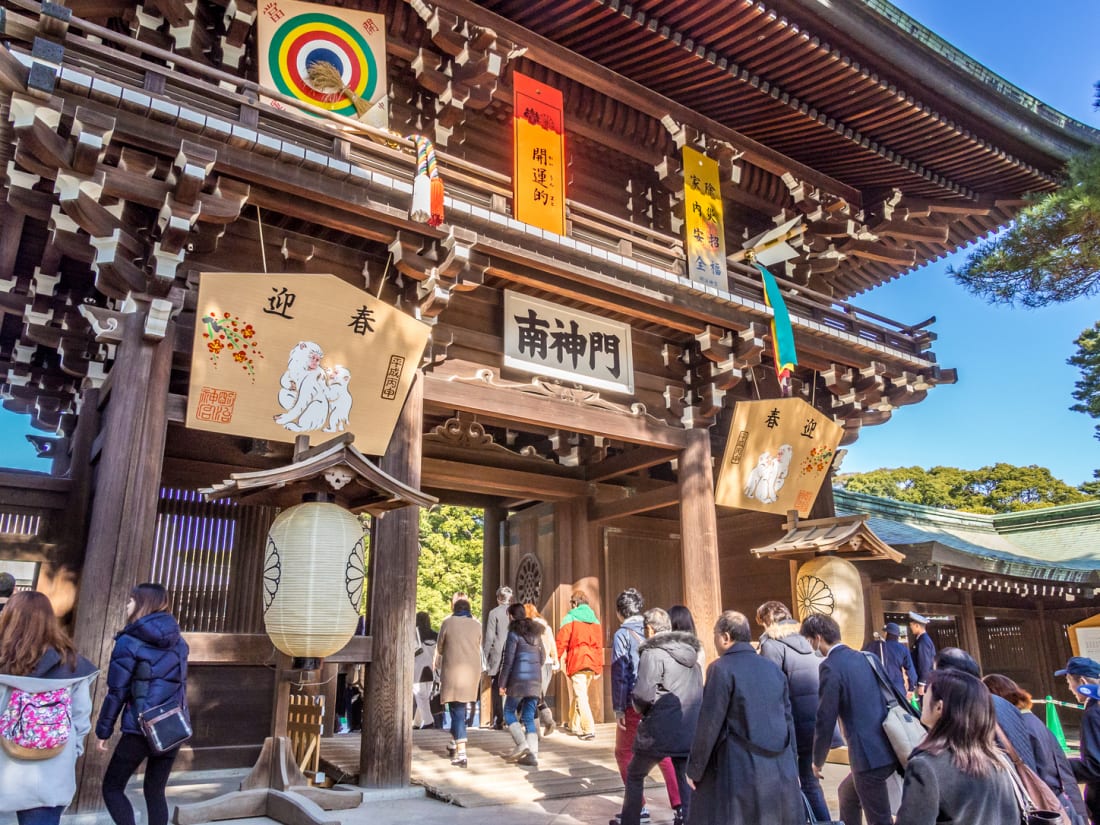
Top Hotels in Japan for Your Spring Vacation
If you’re planning to visit Japan during the cherry blossom season or for Shunbun no Hi, here are some top hotel recommendations for an unforgettable stay:
Randor Residential Hotel Kyoto Suites
A perfect blend of modern luxury and traditional Japanese comfort, the Randor Residential Hotel offers elegant suites and high-end amenities, making it ideal for those seeking a relaxing stay during the cherry blossom season.
Address: 38-1 Higashikujo Kitamatsunokicho, Minami Ward, Kyoto, 601-8022, Japan
Phone Number: +81 75-682-0083
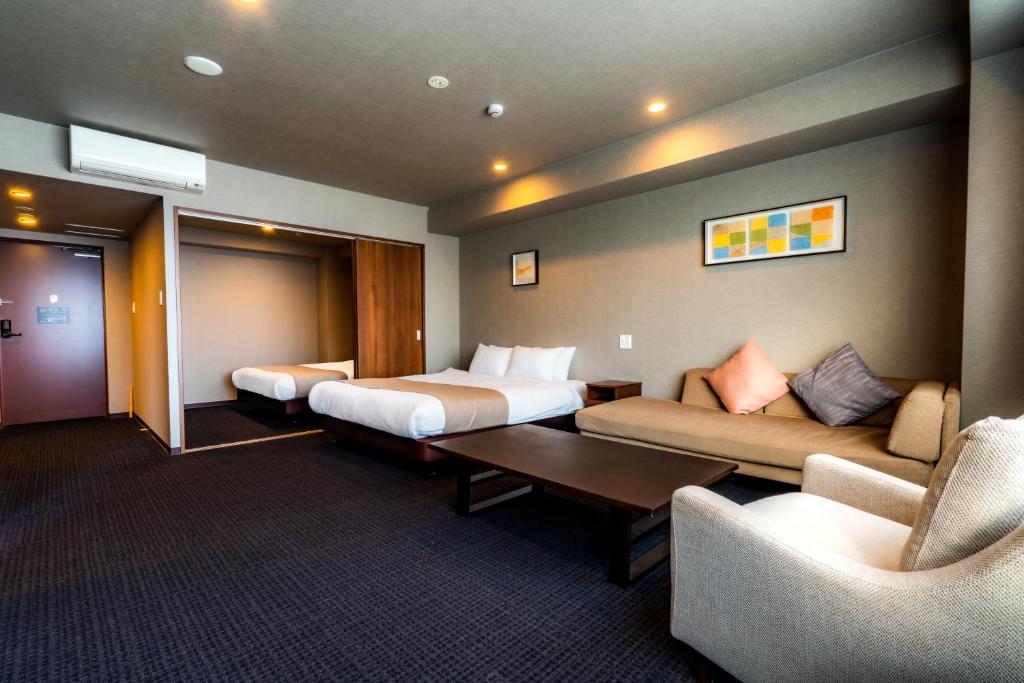
Hilton Kyoto
Located in the heart of Kyoto, the Hilton Kyoto offers a serene environment with stunning views of nature, perfect for guests looking to immerse themselves in the beauty of Kyoto’s temples and gardens.
Address: 604-8006, Kyoto, 416 Shimomaruyacho Nakagyo-ku, Kyoto, Japan
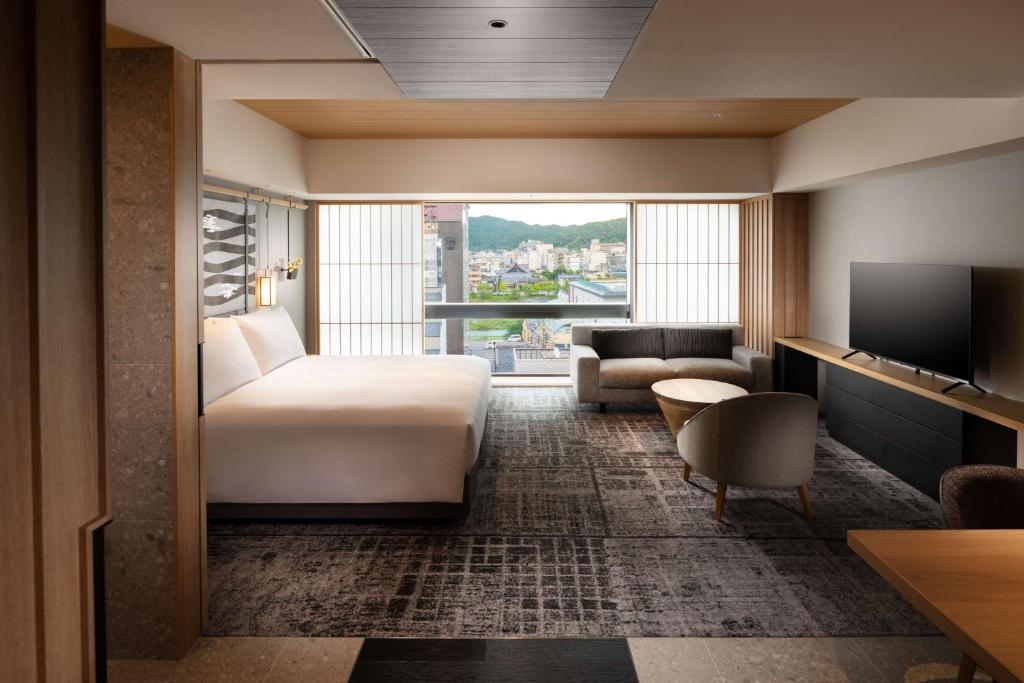
Hyatt Regency Kyoto
An elegant hotel nestled in the historic district of Kyoto, Hyatt Regency Kyoto is an ideal place to relax after a day of exploring the city’s cultural sites. The hotel combines modern amenities with traditional Japanese touches.
Address: 644-2 Sanjusangendomawari, Higashiyama Ward, Kyoto, 605-0941, Japan
Phone Number: +81 75-541-1234
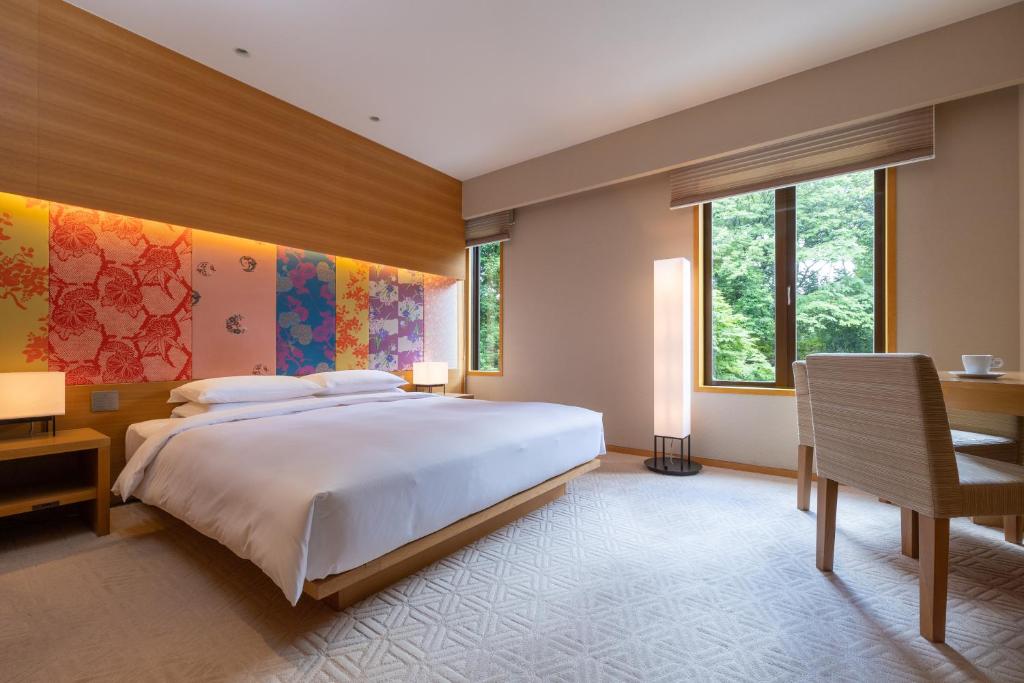
Hotel Okura Kyoto Okazaki Bettei
For travelers who enjoy quiet elegance, the Hotel Okura Kyoto offers a luxurious stay with impeccable service and a peaceful atmosphere, making it a great base for exploring Kyoto’s scenic beauty.
Address: 26-6 Okazaki Tennocho, Sakyo Ward, Kyoto, 606-8335, Japan
Phone Number: +81 75-771-5777

Park Hyatt Kyoto
Nestled in the historic Higashiyama district, Park Hyatt Kyoto provides a sophisticated yet tranquil setting. Ideal for visitors who wish to experience the beauty of Kyoto while enjoying luxury and comfort.
Address: 京都市東山区高台寺, 360 Masuyacho, Kyoto, 605-0826, Japan
Phone Number: +81 75-531-1234
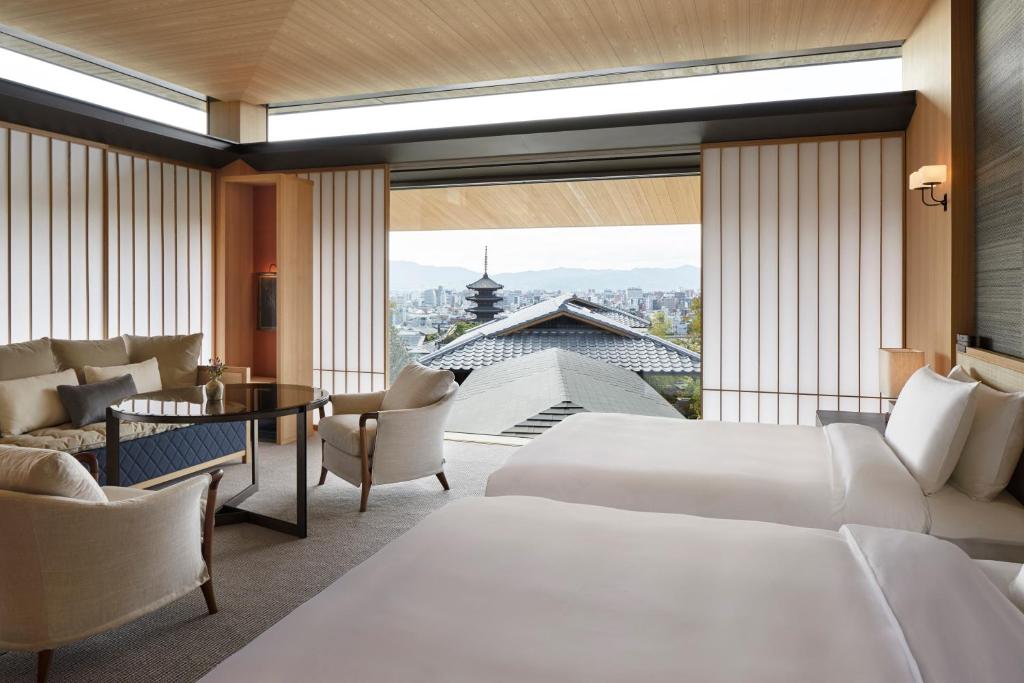
Tomoya Residence Hotel Kyoto
For those seeking a more home-like experience in Kyoto, Tomoya Residence Hotel offers spacious rooms and exceptional service, ideal for long-term stays or families traveling together.
Address: 〒604-0831 Kyoto, Nakagyo Ward, Matsuyacho, 58, Japan
Phone Number: +81 75-211-8050
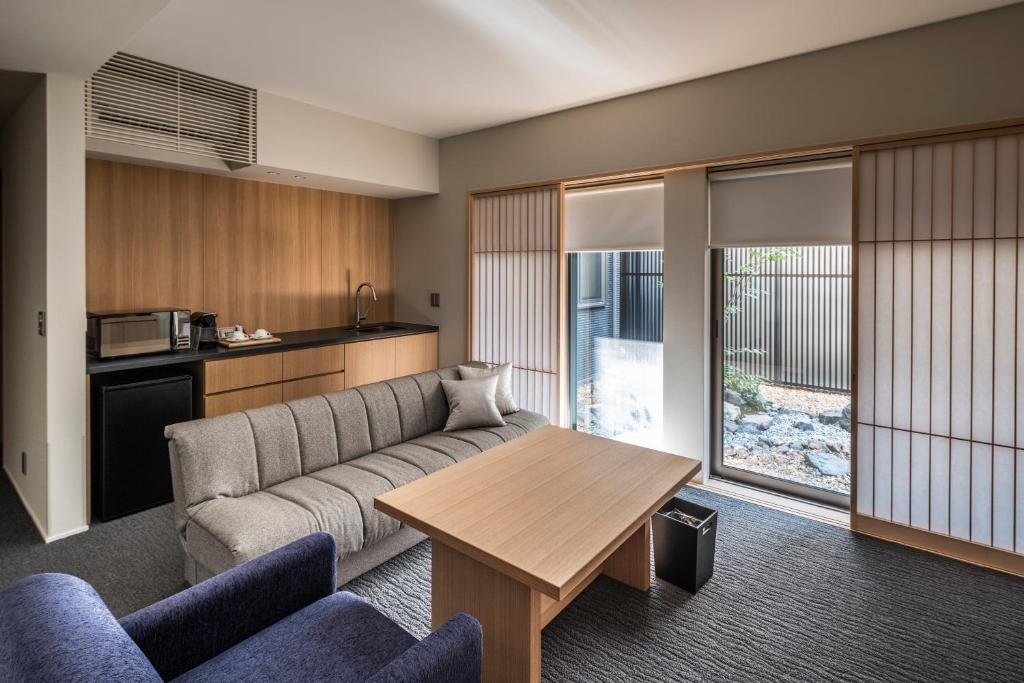
ROKU KYOTO, LXR Hotels & Resorts by Hilton
Located in a serene area of Kyoto, ROKU KYOTO offers a luxurious escape with its world-class facilities and proximity to nature. The ideal hotel for those who seek a peaceful retreat while exploring the city’s cultural heritage.
Address: 44-1 Kinugasa Kagamiishicho, Kita Ward, Kyoto, 603-8451, Japan
Phone Number: +81 75-320-0111
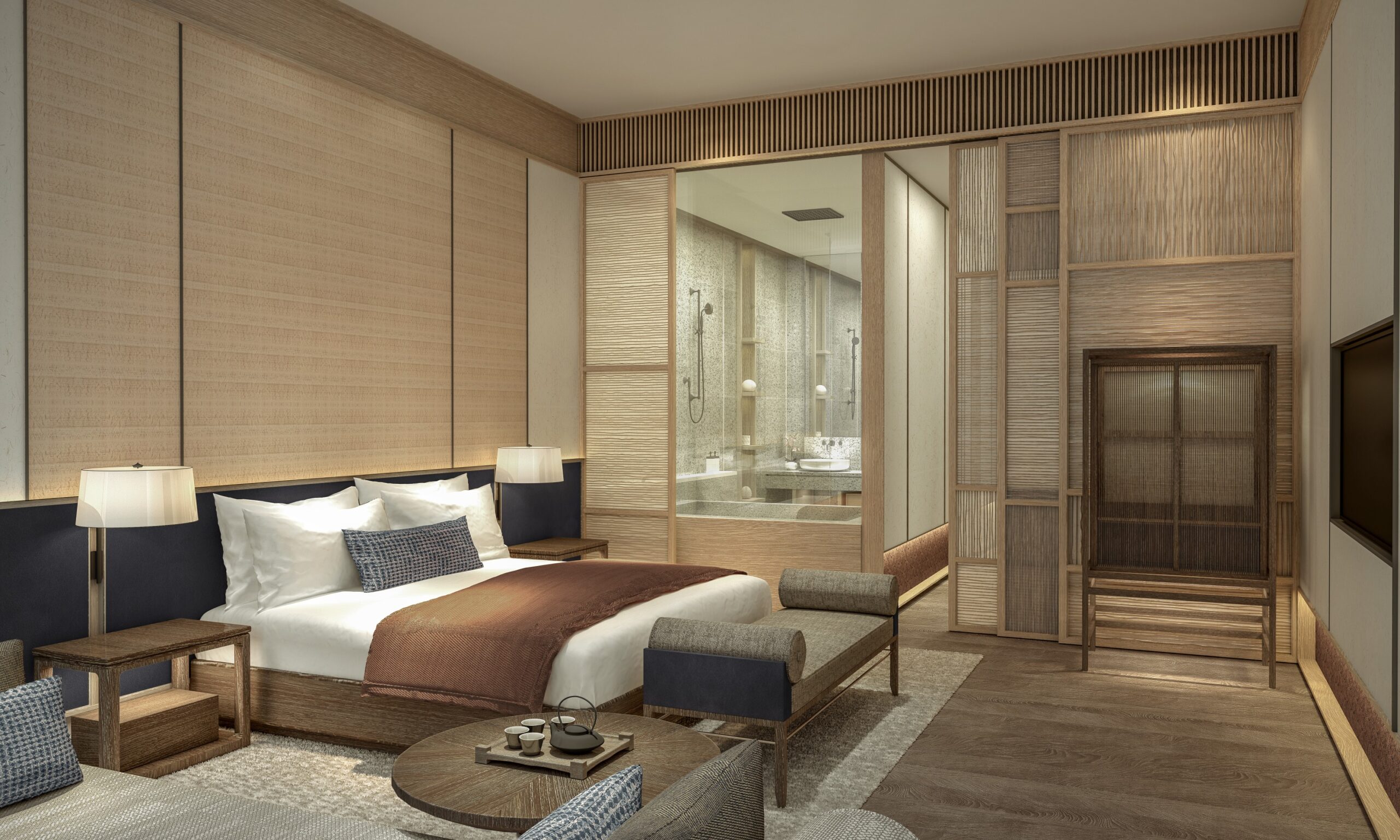
Conclusion: Experience the Magic of Shunbun no Hi with Yoshida Hotel
Shunbun no Hi is more than just a holiday; it’s a celebration of life, nature, and the passing of time. Whether you’re in Japan for a short visit or a longer stay, taking part in this unique tradition will enhance your cultural experience. Yoshida Hotel is proud to offer you a comfortable and enriching stay as you explore the beauty of Shunbun no Hi and other Japanese traditions. Plan your trip today and embrace the spirit of renewal that Shunbun no Hi brings.
Details
Namistay chain hotel
- 61-63 Hoang Ke Viem, Bac My Phu, Ngu Hanh Son, Da Nang, Vietnam
- Hotline: 0905 432 992
- Lot 45 An Thuong 29, Bac My Phu, Ngu Hanh Son, Da Nang, Vietnam
- Hotline: 0977 455 546
- 42 An Thuong 26 Street, Bac My Phu, Ngu Hanh Son, Da Nang, Vietnam
- Hotline: 0965 442 842
